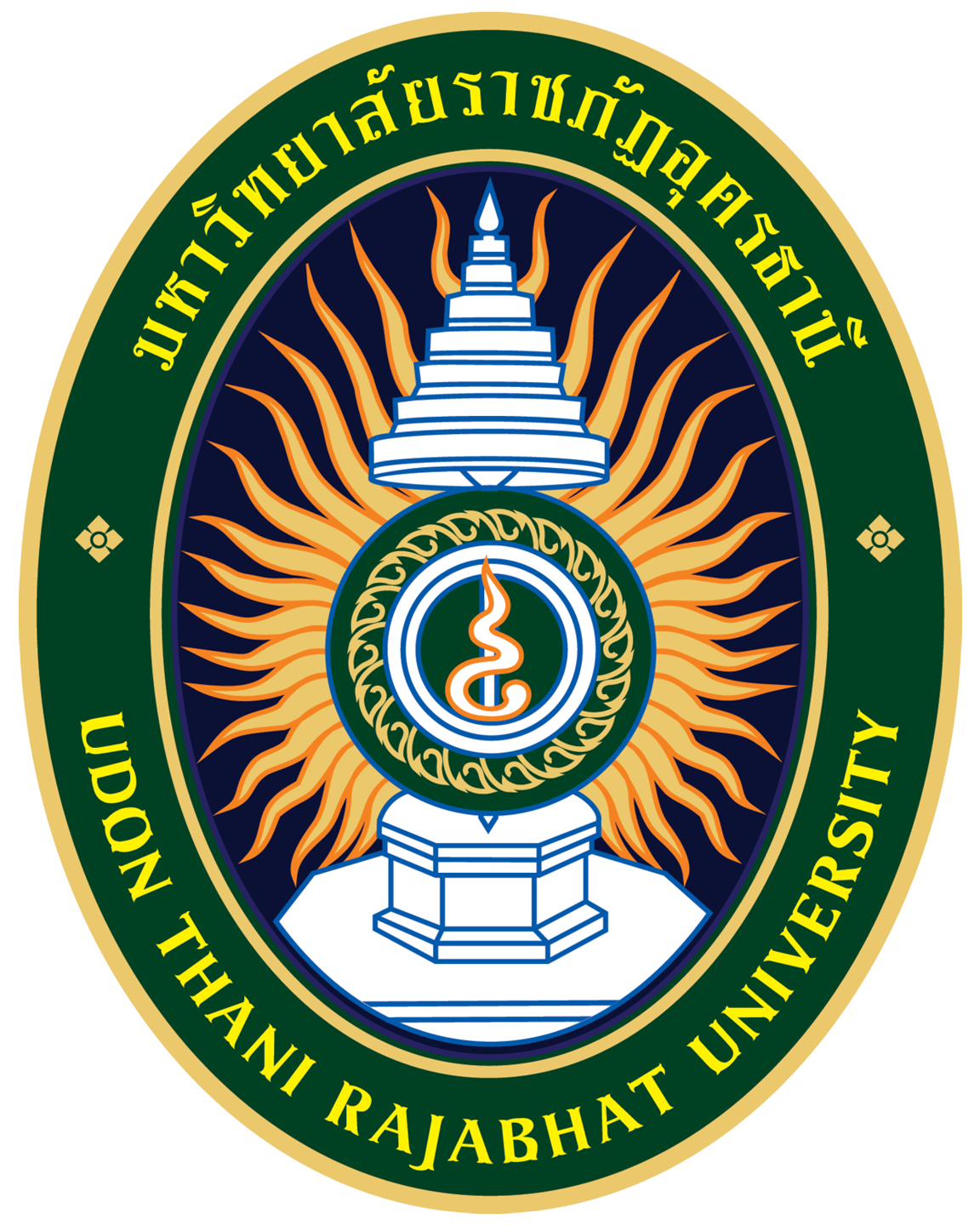COMPARISON OF THE PHENOLIC COMPOUNDS AND ANTIOXIDANT ACTIVITY IN DIFFERENT EXTRACTION TECHNIQUES OF Allium ascalonicum L.
Main Article Content
Abstract
Nowadays, chronic non-communicable diseases (NCDs) are a major health problem. The main cause is due to behaviors in daily life such as unhealthy food eating, lack of exercise and high stress due to social and environmental conditions. These factors can stimulate cells in the body to produce more free radicals. These substances will provoke the oxidative stress process that affect the function of cells in the body and lead to various diseases. Previous study found that the fruits and vegetables including shallot (Allium ascalonicum L.) have the ability to be antioxidants with various extraction methods. Therefore, this study aims to compare the phenolic compound contents and the antioxidant activity of Allium ascalonicum L. extracted by 3 different techniques including 1) aqueous extract (DW) 2) boiling at 60 ºC for 10 minutes extract (DW+B60 ํC) and 3) 50 percent of ethanol extract (A50). The phenolic compound contents and the antioxidant activity were investigated by using Folin-Ciocalteu, Flavonoid Assay, DPPH, FRAP and Nitric oxide (NO) radical scavenging assay. The results shown that the shallot (Allium ascalonicum L.) with boiling at 60 ºC for 10 minutes extract have the most total phenolic compound and flavanoid at 9.07±0.32 mg/L GAE/mg extract and 1.226±0.017 mg/L quercetin/mg extract. Moreover, the antioxidant activity by DPPH and FRAP assay show the best of the half maximal inhibitory concentration (IC50) at 8.65±0.01 and 20.86±0.43 mg/ml, respectively. In addition, The highest percentage of NO inhibition is at 27.22±0.30. This research showed that, Shallots (Allium ascalonicum L.) extracted by boiling at 60 ºC for 10 minutes (DW+B60 ํC extraction) is a more efficient method than aqueous and 50 percent of ethanol extraction. The effect of optimum heat may be one of the factors that can enhance the efficient extraction of essential substances in shallot.
Article Details
References
Aktas, N., Genc, Y., Gozcelioglu, B., Konuklugil, B., & Harput, U. S. (2013). Radical scavenging effect of different marine sponges from Mediterranean coasts. Records of Natural Product, 7(2), 96-104.
Alexander Victor, A. D., Radhakrishnan, A., & Subramani, P. (2016). Overviews of Biological Importance of Quercetin: A Bioactive Flavonoid. Pharmacognosy Reviews, 10(20), 84–89.
Benzie, I. F., & Strain, J. J. (1996). The ferric reducing ability of plasma (FRAP) as a measure of "antioxidant power": the FRAP assay. Analytical Biochemistry, 239, 70-76.
García-Trejo, E. M., Arellano-Buendía, A. S., Argüello-García, R., Loredo-Mendoza, M. L., García-Arroyo, F. E., Arellano-Mendoza, M. G., Castillo-Hernández, M. C., Guevara-Balcázar, G., Tapia, E., Sánchez-Lozada, L. G., & Osorio-Alonso, H. (2016). Effects of Allicin on Hypertension and Cardiac Function in Chronic Kidney Disease. Oxidative Medicine and Cellular Longevity, 2016, 1-13. doi: 10.1155/2016/3850402.
Che Sulaiman, I. S., Basri, M., Fard Masoumi, H. R., Jian Chee, W., Efliza Ashari S., & Ismail, M. (2017). Effects of temperature, time, and solvent ratio on the extraction of phenolic compounds and the anti-radical activity of Clinacanthus nutans Lindau leaves by response surface methodology. Chemistry Central Journal, 11, 1-11. doi: 10.1186/s13065-017-0285-1.
Jiri, M., Tunde, J., Sona, S., & Jiri, S. (2016). Quercetin and Its Anti-Allergic Immune Response. Molecules, 21(5), 623-637.
Ji-Sook, L., Yong-Jun, C., Kyung-Hea, L., & Jung-Eun, Y. (2016). Onion peel extract reduces the percentage of body fat in overweight and obese subjects: a 12-week, randomized, double-blind, placebo-controlled study. Nutrition Research and Practice, 10(2), 175-181.
Jun, Y., Katherine, J. M., Jan van, D. H., & Rui, H. L. (2004). Varietal differences in phenolic content and antioxidant and antiproliferative activities of onions. Journal of Agricultural and Food Chemistry, 52(22), 6787-6793.
Maja, D., Verica, D. U., Marija, P., Mladen, B., Tomislav, B., & Branka, L. (2013). The effect of extraction solvents, temperature and time on the composition and mass fraction of polyphenols in dalmatian wild sage (Salvia officinalis L.) extracts. Food Technology and Biotechnology, 51(1), 84-91.
Mariangela, M., Valentina, A., Giancarlo, S., & Filomena, C. (2019). Biological Properties and Bioactive Components of Allium cepa L.: Focus on Potential Benefits in the Treatment of Obesity and Related Comorbidities. Molecules, 19-36.
Quettier-Deleu, C., Gressier, B., Vasseur, J., Dine, T., Brunet, C., Luyckx, M., Cazin, M., Cazin, J. C., Bailleul, F., Trotin, F. (2000). Phenolic compounds and antioxidant activities of buckwheat (Fagopyrum esculentum Moench) hulls and flour. Journal of Ethnopharmacology, 72, 35-42.
Razieh, J., Sayyed, M. B., Ali, M., & Morteza, B. R. (2007). Hypoglycemic Effect of Aqueous Shallot and Garlic Extracts in Rats with Fructose-Induced Insulin Resistance. Journal of Clinical Biochemistry and Nutrition, 41(3), 218-223.
Sanaz, M., Behnod, A., Leila, D., Mehdi, A., Esfahani, Zahra, M., Hossein, K. B., & Reza, G. (2017). Effects of yogurt and yogurt plus shallot consumption on lipid profiles in type 2 diabetic women. International Journal of Preventive Medicine, 8(54), 1-4.
Tai, A., Sawano, T., Yazama, F., & Ito, H. (2011). Evaluation of antioxidant activity of vanillin by using multiple antioxidant assays. Biochimica et Biophysica Acta, 1810, 170-177.
Warangkana, A., Soraya, K., Sunee, C., Nutthiya, H., Saisawat, C., Masaaki, T., & Hirotoshi, T. (2019) Antiallergic activities of shallot (Allium ascalonicum L.) and its therapeutic effects in allergic rhinitis. Asian Pacific Journal of Allergy and Immunology, 40(4), 393-400.
Yin, L., Zhuojin, H., Xiuying, S., Xiaolu, X., Jie, F., Shaohua, W., & Deyong, Z. (2012). Cholesterol-Lowering Effect of Allicin on Hypercholesterolemic ICR Mice. Oxidative Medicine and Cellular Longevity, 1-6.


